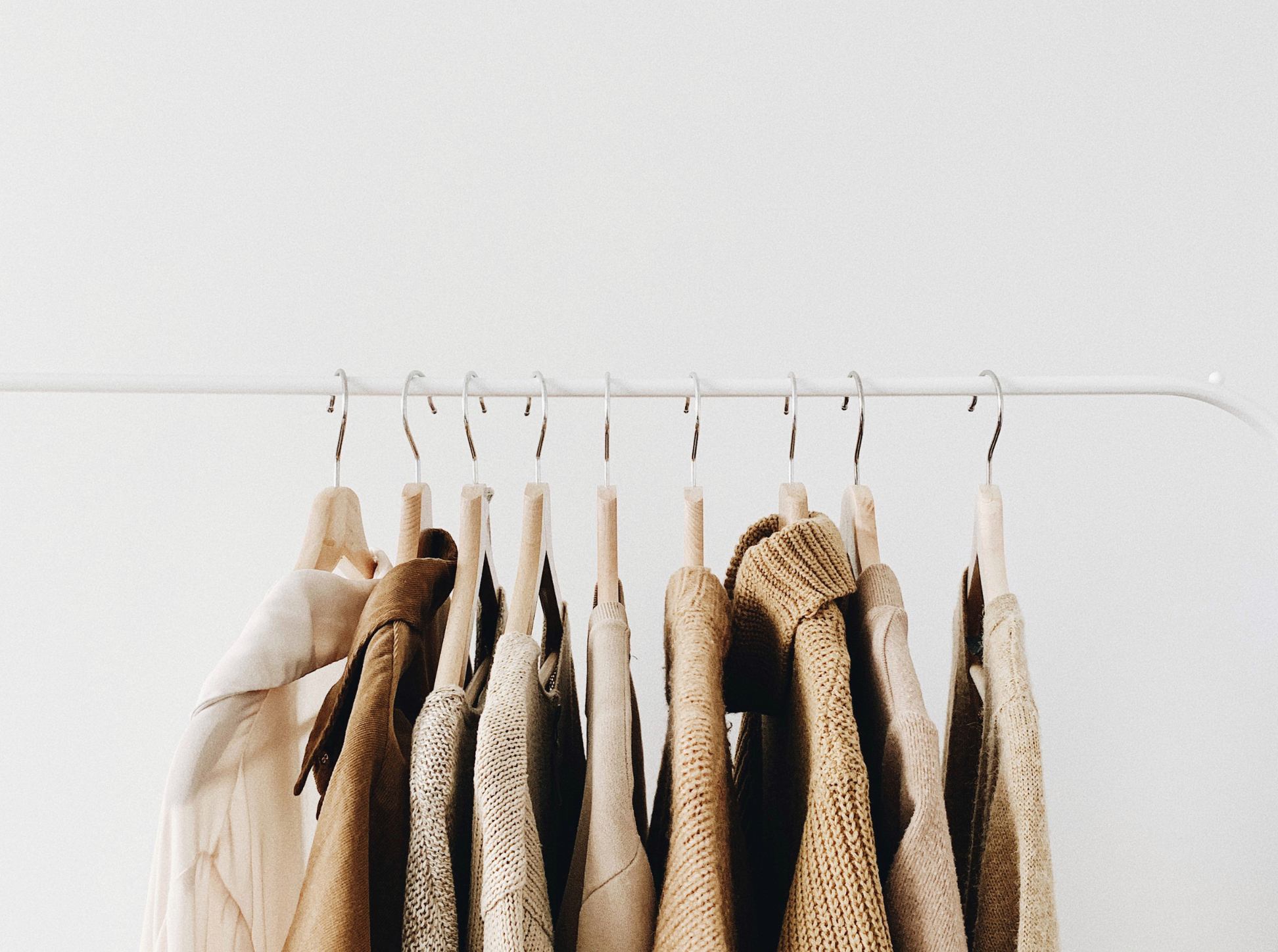
When it comes to buying clothes, the art of purchasing them sustainably can be muddy. Fashion brands are increasingly under fire for “greenwashing,” when companies pretend that their products are more environmentally friendly than they are. A 2020 study by Changing Markets Foundation found that 60% of fashion companies’ sustainability claims were unsubstantiated and misled shoppers. The report included global brands such ASOS, H&M and Zara. This comes on the heels of the news that the world of fashion is responsible for between 2% and 8% of global carbon emissions. So, with this knowledge in mind, the best way to buy clothes is second-hand. But is buying second-hand sustainable?
Is buying second-hand sustainable?
In short, yes. Sustainable expert Nina Gbor notes that “buying second hand diverts clothing from landfill [and] keeps clothes in circularity much longer.” One of the key issues with fast fashion is its short shelf life, with Gbor noting that 84% of new clothes end up in landfills within a year. “Buying second-hand fast fashion is helpful because it keeps clothes in circularity for longer periods. It slows down the environmental extraction of resources used in making clothes,” says Gbor.
The other byproduct of this is that it reduces the amount of brand-new fast fashion they buy, which helps move the buyer away from the brand new fast fashion production cycle.
Second-hand sustainable buying tips
When it comes to buying second hand, there are a number of tips you can use to make your buying more sustainable.
- The first tip will be moving away from the trend cycle and finding your own personal style. “Let this be your guide to buying secondhand so that you’ll always get clothes that express who you are, plus you’ll always look and feel great in your clothes,” says Gbor. “You’re likely to keep them for much longer than fleeting trends.”
- The second is shopping inside your wardrobe. “Start by reusing, restyling and remixing the pieces in your wardrobe to create new, different looks. For example, use one garment to create five different looks for different types of occasions by layering and accessorising pieces. You won’t need to buy as many “new” things, and you’ll have outfits ready for any occasion.”
- Before you dip your toe into the second hand well, it’s worth doing a double-take in your closet to ensure you’re not just repurchasing the same thing. As this writer can attest, you can very easily end up with a wardrobe filled with the same loose fit black trousers (in my defence, they’re all slightly different. And yes, I do sometimes need a light to see which is which).
Let’s be honest about our carbon footprints
But while choosing second-hand clothing is a great way to reduce your carbon footprint, the onus is not solely on the individual. We have to mention that even the phrase “Carbon Footprint” itself was created by British Petroleum back in 2004 to shift the blame from the companies to the consumer. And when it comes to fashion, the factor that causes the vast majority of environmental damage is overproduction at big factories.
“Buying second hand alone is not a solution to the fast-fashion overconsumption crisis,” says Nina Gbor. “Fast fashion needs to become slow fashion, use natural textiles and manufacture far less clothing than it’s currently making.” It’s a simple solution that is slowly appreciated, but in the meantime, second-hand is the way to go.